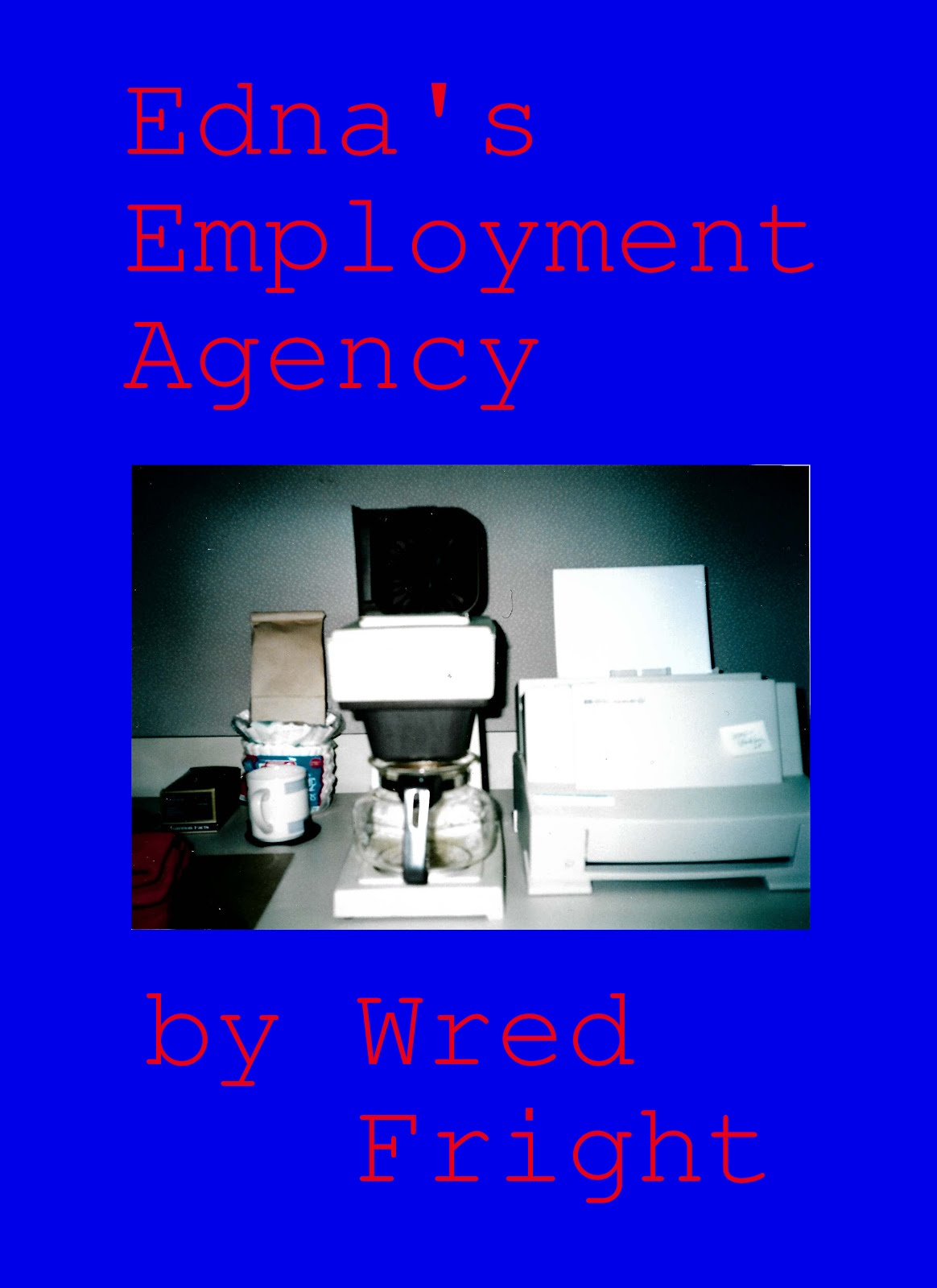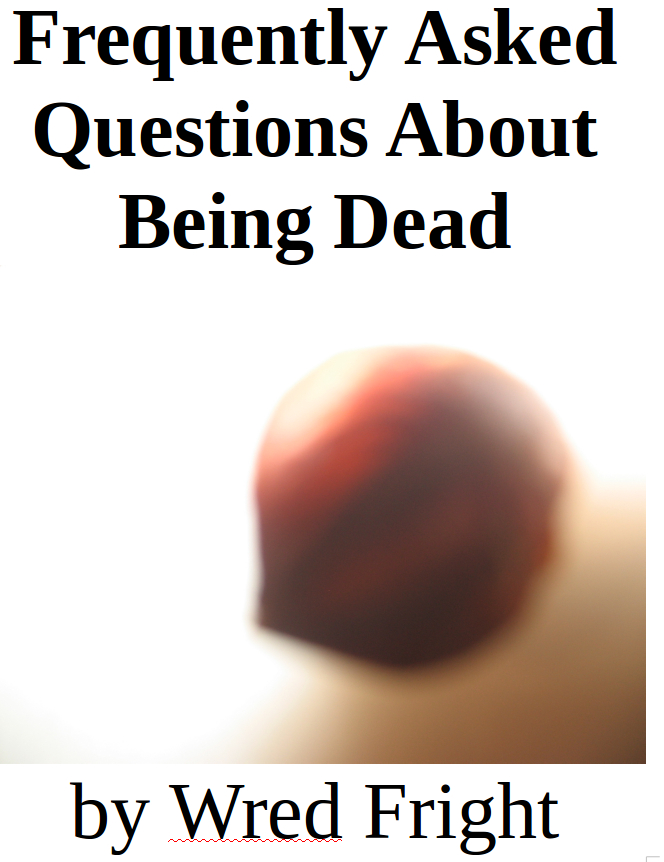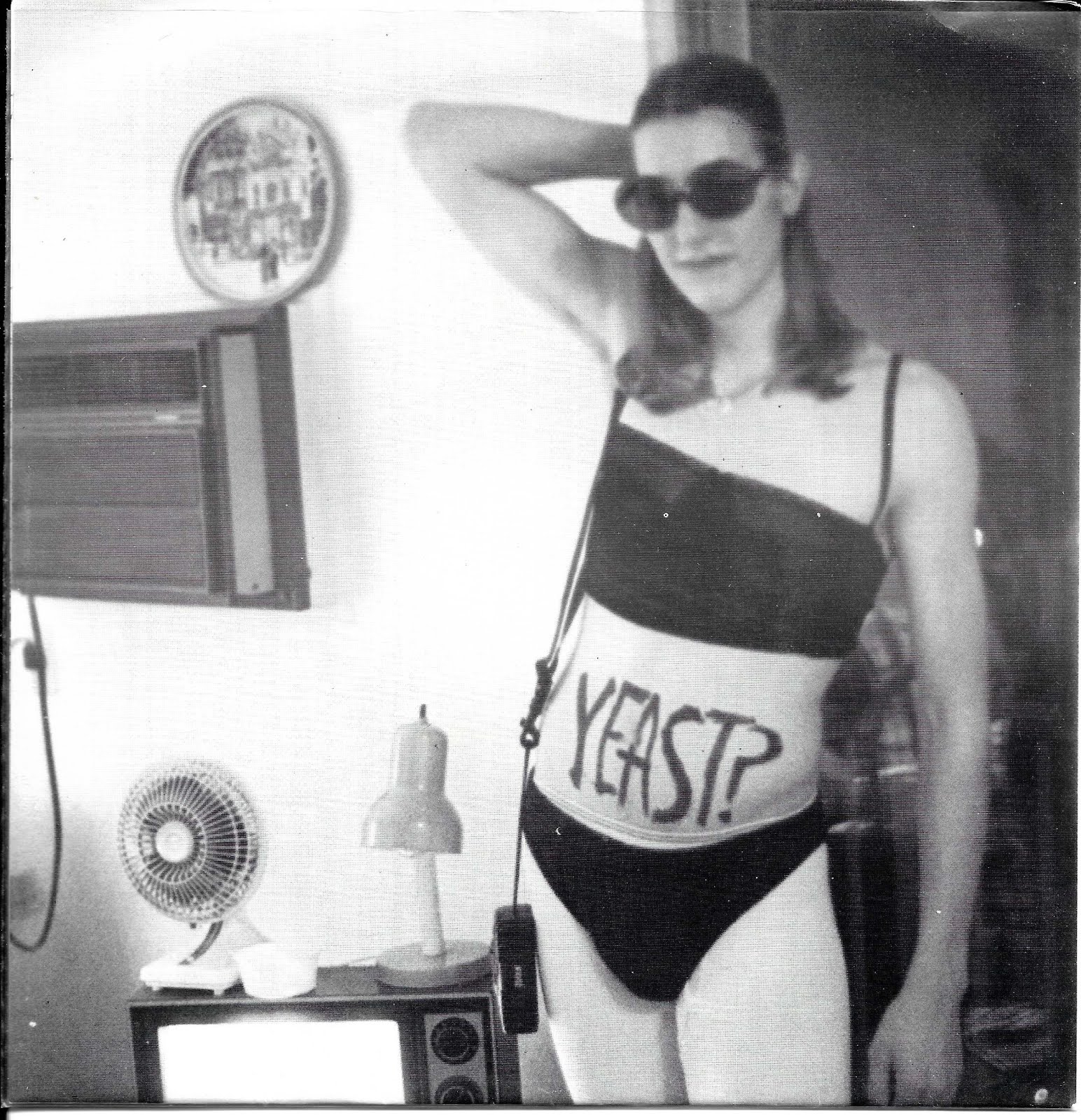Issue 15 is a fun comic, the first of writer Steve Gerber's that I've read which equals the John Byrne issues in quality. The story is a continuation of last issue's Howard The Duck/She-Hulk team up, in which Howard, somewhat unwillingly, helps She-Hulk find a place to imprison herself because she's been losing her mind and might hurt innocent people.
Here are some random thoughts on this issue:
*Originally, the Howard/She-Hulk story, "The Cosmic Squish Principle" was billed as four issues long, but by this issue, the second of it, it was now being billed as three issues long. Perhaps something changed in the plan or Gerber planned it that way along ("squish" is in the title after all); with Gerber, it's hard to know.
*The cliffhanger from last issue ended with She-Hulk losing her superpowers and changing into Jen Walters again, as a result of entering the baloney dimension (literally, a universe populated by lunchmeat--yes, Gerber could still outweird most other writers). This sets up an interesting plot conflict, which most She-Hulk writers chose not to exploit. One of the great tensions in Hulk stories is Bruce Banner struggling to control his anger and not turn into his brutish alter ego. Gerber has Jen Walters transform back into She-Hulk when she is attacked by some strange creatures who eat the baloney in the baloney dimension (after devouring enough baloney, they attempt to eat Jen). At first, it appears that she has changed back into her alter ego because she got angry, but Gerber ties her transformation into an ancient piece of Hulklore. In the earliest Hulk stories, Banner would change into The Hulk at nightfall, and this motif provided some good story conflicts as Banner, like a werewolf, would have to race against time to get himself safely stowed somewhere (usually locked up in a cave--yes, I know most caves don't have doors, but it's Marvel Comics, so Banner just built one) before nightfall. This now happens to Jen; furthermore she changes into a brutish gray Hulk (in the first Hulk story, he was colored gray; Peter David would build on this as well about this time in his Hulk stories). Presumably at some point, Stan Lee, the co-creator of The Hulk, decided that green made for a better color and that having Banner change into The Hulk out of anger and not the absence of sunlight resulted in more potential stories. Gerber in this issue decides to do the opposite of Lee.
*Howard is still present, but doesn't do much except go along for the ride. He gets in enough funny lines though that that's ok.
*In a subplot, Gerber brings back an obscure Golden Age Marvel hero called The Terror. He is currently living in a nursing home and has to use a wheelchair, but he changes back into his alter ego (some sort of vampirelike creature except he's a good guy) and kills a couple of yuppies who were threatening to close down the nursing home and build condos on the land. This could be a parody of Byrne bringing back The Blonde Phantom or just Gerber being weird.
*Gerber also emulates Byrne in bringing back silly villains created by Steve Gerber. This time it's the team of Doctor Angst, Black Hole, Sitting Bullseye, Tillie The Hun, and, get ready, The Spanker!
*The story is entitled "Secret Warts", which actually relates to the story. Gerber does make fun of creating a new universe, a reference to
Secret Wars writer and former Marvel editor in chief Jim Shooter, who developed a line of "New Universe" comics while he was at Marvel. The New Universe emerged when The Beyonder, basically God as a comic book character, died at the end of
Secret Wars II and created a new universe. In this universe, there were no super powers until a mysterious event called The White Event happened and some people developed superpowers. It was basically the Marvel universe starting over in 1986. Some of the comics were pretty good such as
Star Brand and
DP7, but some were pretty bad. The line ultimately failed, but, according to Shooter, the comics weren't given much support at Marvel, which was already getting fairly conservative (count the number of new characters introduced successfully in the 1980s when compared with the 1970s and 1960s--of course, the 1960s and 1970s characters were so successful they did tend to crowd out newcomers; also, creators such as Gerber losing legal control of their creations pretty much guaranteed that most creators would save their best ideas for their own creator-owned work and not Marvel work for hire), so that wasn't a surprise. It also was an odd way to celebrate the 25th anniversary of the Marvel Universe, which is how it was billed. Byrne hated Shooter so much that when he took over
Star Brand after Shooter left the company he nuked Pittsburgh, Shooter's hometown and the setting of
Star Brand, which was written by Shooter, in the storyline (I apologize for the mangled syntax of that last sentence, but hey, it had a lot going on; for example, Pittsburgh just got nuked). Gerber had his own reasons to dislike Shooter (Shooter was the one who fired him from
Howard The Duck--Gerber was often late on deadlines; one time he even wrote an issue on a cross country road trip and phoned it in right before deadline, Admittedly, it was a good issue, but you can easily see why Shooter would get worried. In those newsstand days, a comic couldn't ship late--that's why they did fill-in stories in advance or republished old material in case the old "deadline doom" loomed). Shooter had also poked fun at Gerber in the first issue of
Secret Wars II where a television screenwriter gets superpowers from The Beyonder and becomes Thundersword where he takes arms against all the things in America that annoy him. Despite his name in the comic, that's Steve Gerber. This issue of
She-Hulk appears to be his response. It's fairly mild, so he obviously disliked Shooter less than Byrne did. Personally, I liked Shooter. Marvel Comics were pretty good under him. But, then again, I didn't have to work for him.
*Byrne appears to have been right about the sales drop on the title after he left. In the U.S. Postal Service Statement (a legal requirement that periodicals have to publish once a year or so to get cheaper postage or something), average sales of the previous 12 issues were 234,540 while the most recent issue only sold 172,400. Today, of course, even selling only 172,400 comics would likely make the title the bestselling comic, as the average Marvel comic probably only sells 30,000 copies or so. Comic readers, at least of the print pamphlet variety, are getting older and dying off. For the most part, kids today are playing video games and not reading comic books.



































